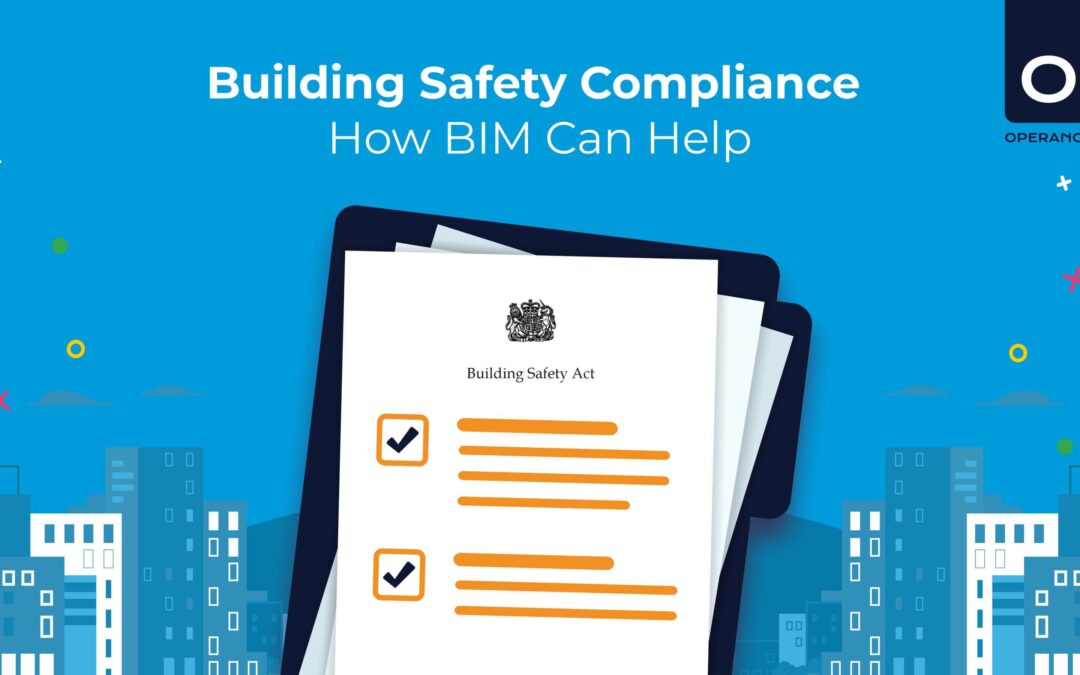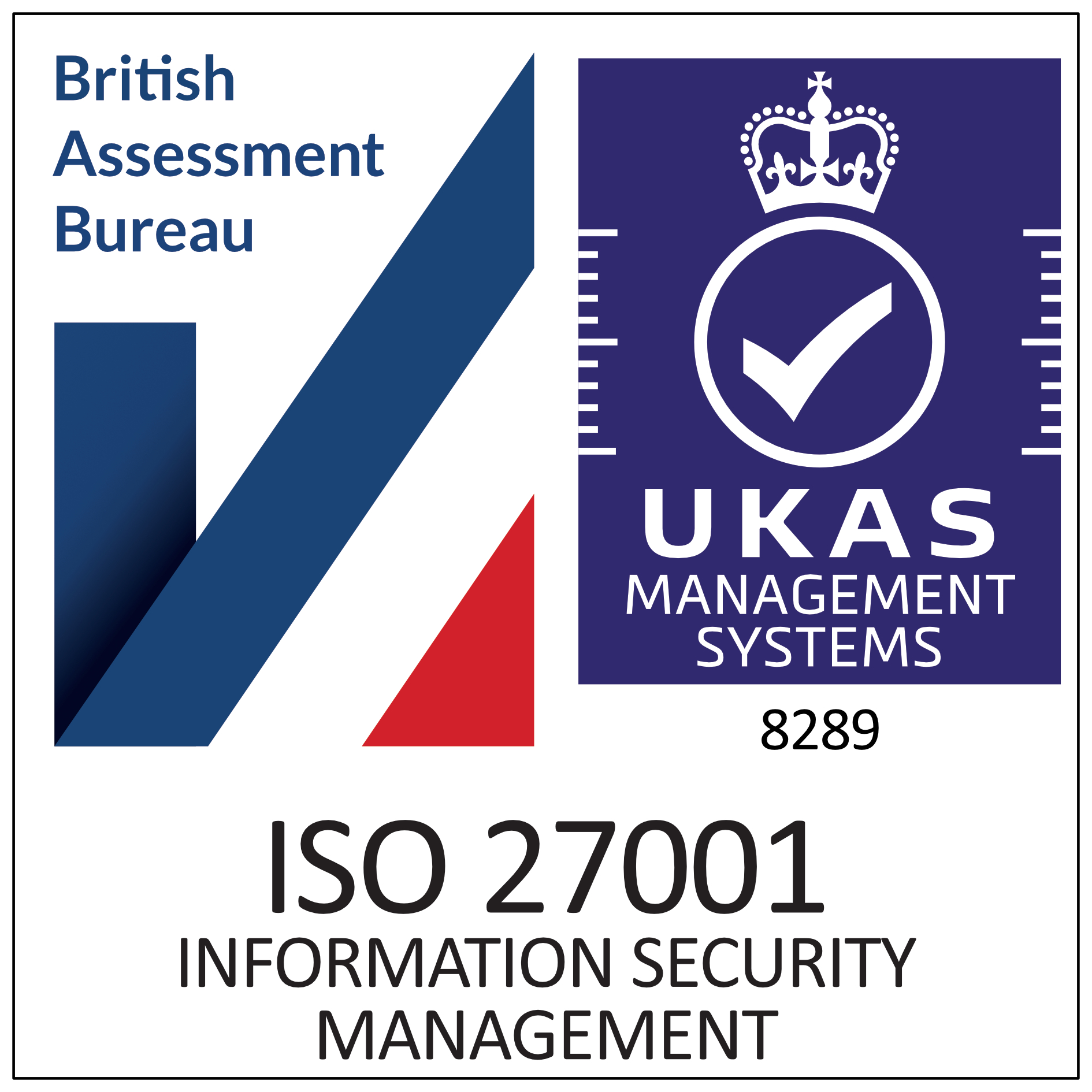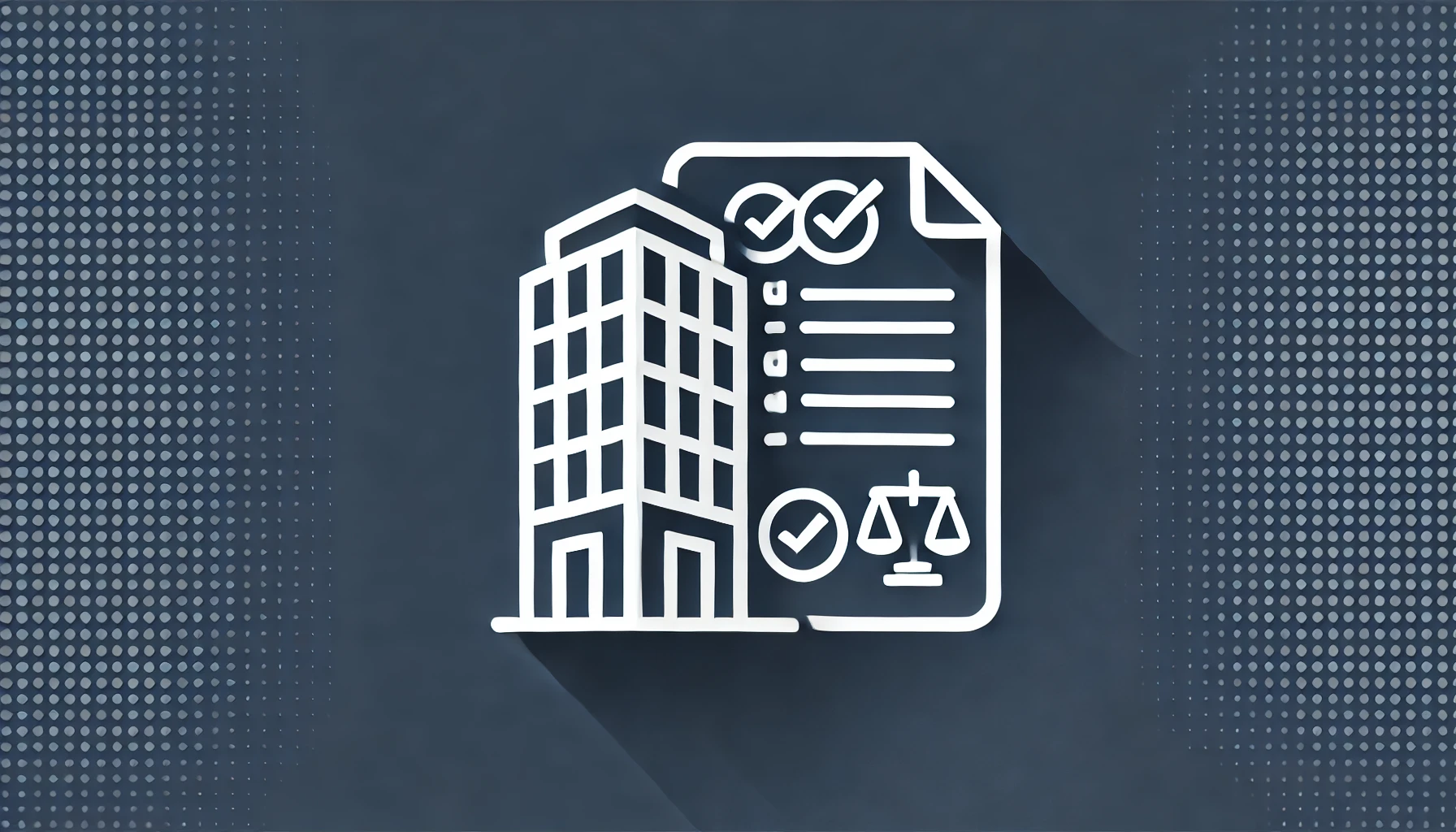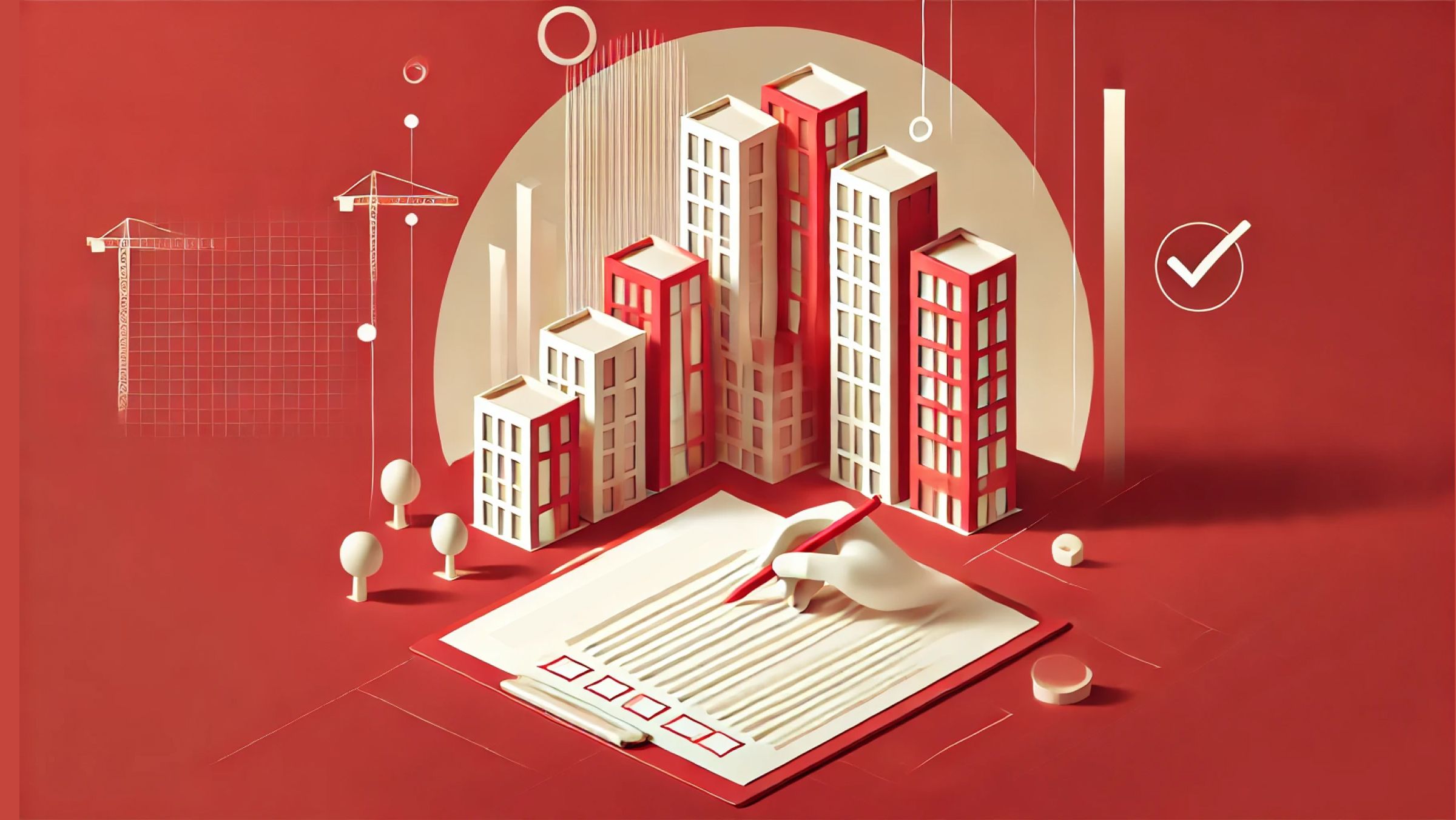Building Safety Act Compliance: How BIM Can Help
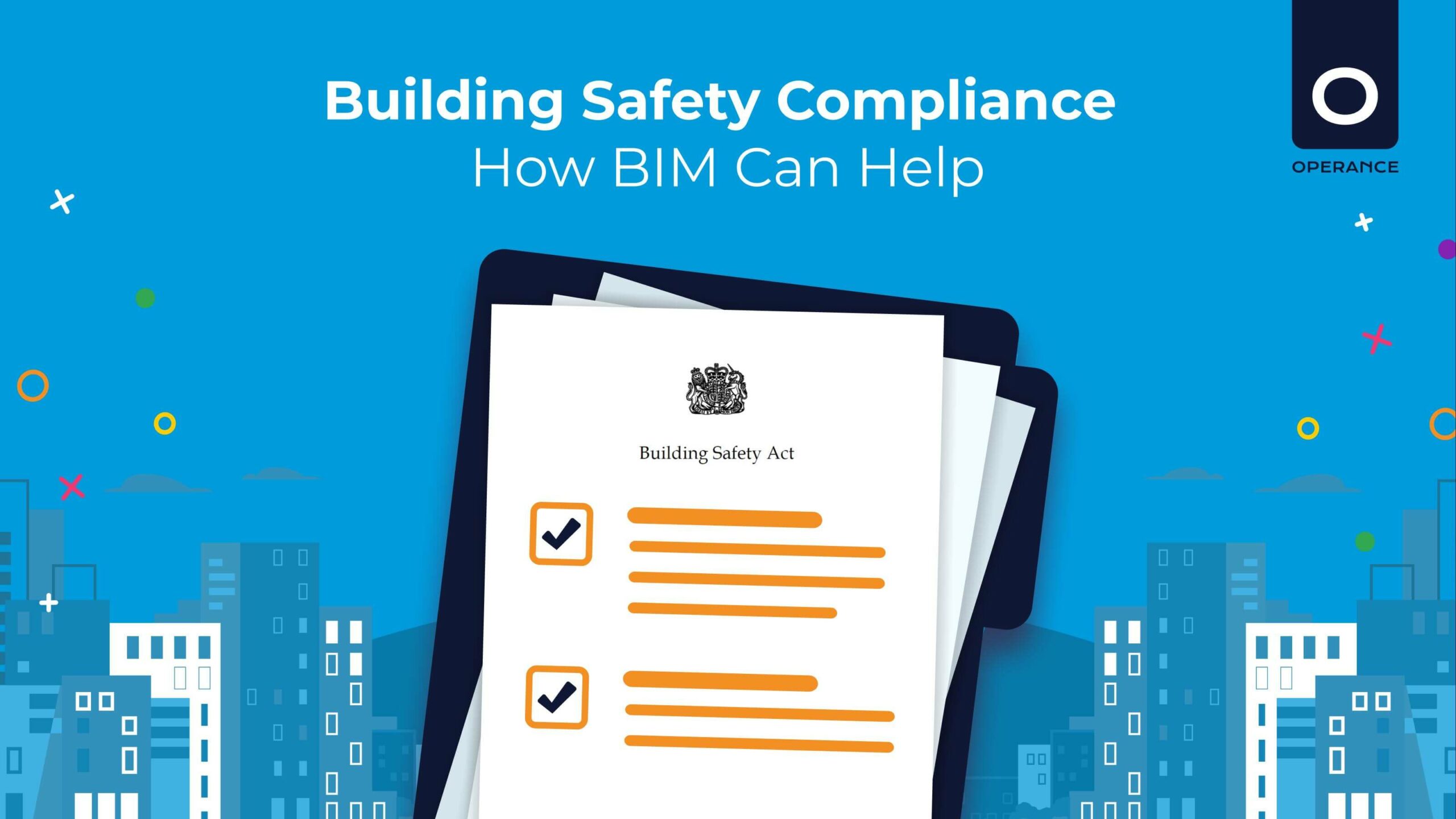
This article explores how BIM can help building owners with Building Safety Act compliance.
The prioritisation of building safety has never been as big of a focal point as it is today. Ensuring our buildings are resilient for the future, protect human life and instil trust and confidence in their occupants is crucial as our population grows and more infrastructure is required.
The Grenfell Tower disaster and the subsequent introduction of the Building Safety Act underscored the importance of building safety for building owners.
But how can Building Information Modelling (BIM) help support building owners in complying with the Act?
What is Building Information Modelling (BIM)?
Building Information Modelling (BIM) is a smart process that changes the way we plan, build and take care of buildings and all kinds of infrastructure.
Contrary to popular belief, it’s much more than a digital 3D model outcome. BIM uses all kinds of data about buildings and their zones, floors, spaces and more, in both graphical (I.e. the 3D BIM Model) and non-graphical (I.e. COBie data).
The BIM process helps everyone who is involved in a project, and those responsible for the built asset beyond handover, to work together and share important information. This reduces project and lifecycle risks associated with time, cost, quality and safety.

How does Building Information Modelling (BIM) support building owners with Building Safety Act compliance?
There’s no doubt that Building Information Modelling (BIM) has revolutionised the way building information is managed, providing building owners with the tools and resources to ensure building safety standards are met effectively and efficiently.
The Building Safety Act aims to improve building safety standards, particularly in residential high-rise buildings. Housing associations in the UK must develop and maintain a golden thread of information for all buildings within their portfolios that are over 18 meters tall or contain seven storeys or more (whichever is arrived at first).
Here are just a few ways BIM can help with Building Safety Act compliance:
Better visibility and accessibility of building information
One of the obvious benefits of using BIM is that it allows building information to be a lot more accessible.
BIM is a central location for all relevant data regarding the building’s design, construction and maintenance. This centralised approach allows building owners, designers, surveyors, contractors and more to access critical building information quickly and efficiently.
This transparency makes it a lot easier to ensure compliance with the Building Safety Act.
Increased data accuracy and consistency
The digital and centralised nature of BIM significantly reduces the risk of errors and discrepancies that frequently crop up when it comes to manually collecting information from different stakeholders.
“Having ISO 19650 as a consistent BIM data format or set of standards to work to is the key foundation to complying with building safety legislation,” Dave Peacock, Head of Digital Services at Operance
Streamlined processes for ensuring compliance with regulatory requirements
The Building Safety Act requires building owners to have detailed documentation regarding their building’s safety. This information is typically provided by a number of different stakeholders, including designers, surveyors and contractors and the responsibility for providing and maintaining this information changes throughout the building’s lifecycle.
Collecting this information can be a challenging process for building owners. BIM simplifies these processes and helps building owners streamline their approach to regulatory compliance.
NEWSLETTER
Revolution Is Coming
Subscribe to our newsletter so we can tell you all about it.
You can unsubscribe at any time and we don’t spam you.






